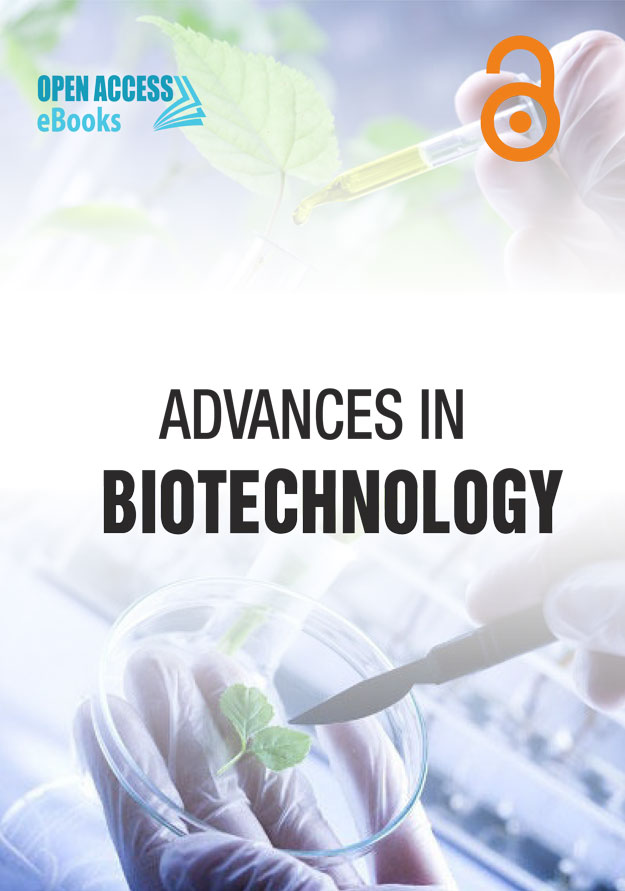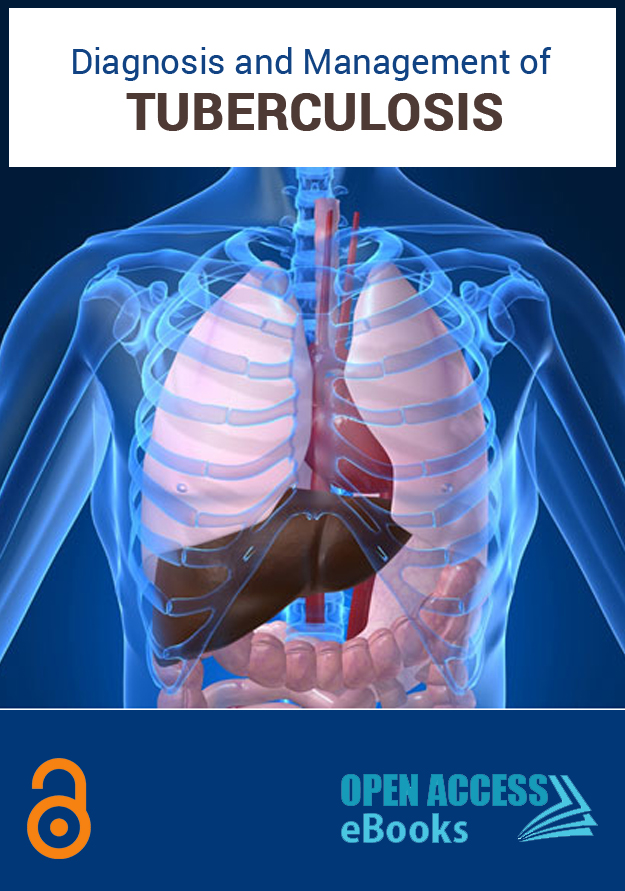Published Chapters:
Dietary polyphenols as promising molecules to prevent dementia
eBook: Dementia: Advances and Treatment
Due to the increased number of elderly people worldwide, nowadays one of the major medical and socio-economic challenges is to search strategies to combat the consequences of aging process, reducing the incidence of neurodegenerative diseases such as dementia. Dementia is a clinical syndrome of chronic and progressive symptoms characterized by multiple cognitive deficits associated with aging, which includes impairment in memory and in other cognitive functions to the extent that it interferes with daily function. In the last years oxidative stress and inflammation have been pointed out as the leading causes of brain aging and neurodegeneration. Therefore,an approach for preventing some brain age-related diseases, such as dementia, may be the consumption or administration of polyphenols,which are natural compounds present in edible plants. Due to their antioxidant and anti-inflammatory properties, polyphenolshave been suggested such as a beneficial strategy against the development of brain aging and neurodegeneration. This chapter summarizes the latest discoveries regarding how polyphenols exert positive effects combating the biochemical mechanisms that originate aging and dementia,such as oxidative stress, inflammation and the aggregation of abnormal folding proteins, among others.
Neurobiology of addiction
eBook: Drug Abuse: Addiction and Recovery
Drug addiction can be considered a chronic brain disease that affects neurotransmission between circuits of neurons that control behaviour, emotion and cognition; which is characterised by an excessive engagement in drug use, unsuccessful attempts in controlling drug intake, an increase in anxiety and emotional pain, and inaccurate beliefs about drug use.
The neurobiological basis of drug addiction is supported by recent advances in neuroimaging procedures, such as Functional magnetic resonance imaging (fMRI), and new findings on the neurobiology of addiction, that have made possible to gather important information around the neurological processes underlying the disruptions in emotional regulation and decision making presented in people with drug addiction.
Gastric neuroendocrine tumors
eBook: Overview on Gastric Cancer
Gastric Neuroendocrine Tumors (NET)s are classified on the basis of criteria that are common to all gastrointestinal and pancreatic neuroendocrine neoplasms. Most neuroendocrine neoplasms of the stomach are NETs –well differentiated,nonfunctioning enterochromaffin–like(ECL) cell carcinoids (ECL cell NETs)-arise predominantly in the corpus-fundus region [1]. Three distinct types are recognized : type I, associated with autoimmune chronic atrophic gastritis (A-CAG) (70-80 percent); type II, associated with multiple endocrine neoplasia type 1 (MEN 1) and Zollinger –El2. lison syndrome (ZES) (5 percent); type III , sporadic (i.e not associated with A-CAG or MEN1-ZES) (15-20 percent)
Defining appropriate field arrangements for the adjuvant postoperative therapy of gastric cancer
eBook: Overview on Gastric Cancer
The optimization of the treatment plans provided by the conformational radiotherapy should improve the coverage of the target volume, the dose distribution with respect to the defined critical organs (liver, kidneys, intestine, duodenum).Santalum album A four or five-beam technique appears to decrease toxicity and schould be prefered in practice.
Functional outcome of supracricoid laryngectomy with cricohyoidoepiglottopexy in the elderly
eBook: Clinical Advances in Head & Neck Surgery
Supracricoid laryngectomies (SL) were introduced to radically treat laryngeal tumors while respecting laryngeal function. Despite SL with cricohyoidoepiglottopexy (CHEP) allows good functional results in terms of swallowing,Supracricoid laryngectomies (SL) were introduced to radically treat laryngeal tumors while respecting laryngeal function. Despite SL with cricohyoidoepiglottopexy (CHEP) allows good functional results in terms of swallowing, breathing function and voice quality, older age has been traditionally considered a contraindication to SL. Aim of this study is to investigate the functional outcomes of SL with CHEP among elderly patients (age older than 70 years) and compare them with those obtained in younger subjects submitted to CHEP for laryngeal cancer.
Pathology of chronic hepatitis B and chronic hepatitis C
eBook: Hepatitis: A Global Health Concern
Chronic viral hepatitis is a syndrome of persisting hepatotropic viral infection usually associated with chronic inflammation, hepatocyte injury and progressive fibrosis. Chronic viral hepatitis is typically classified by the responsible infecting virus and modified by the extent of pathological injury and clinical compensation. Hepatitis B virus (HBV) and hepatitis C virus (HCV) infections represent the two major causes of chronic liver disease and hepatocellular carcinoma. Despite inducing shared pathological events leading to oncogenic transformation, these two viruses present profound differences in their molecular features, life cycle and interplay with host factors, which significantly differentiate the prognostic and therapeutic approach to the related diseases. The liver injury present in chronic hepatitis may be variable, but the basic morphologic changes in all types of chronic viral hepatitis are similar. In this regard, the liver biopsy remains the gold standard and is an important tool in the evaluation of patients with liver disease.
Pulling back to the nature: A condition to fight IBD
eBook: Inflammatory Bowel Disease
Inflammatory bowel disease (IBD) grouped as autoimmune disease arises due to inflammation of small and large intestine. Based on the target organ IBD is classified under Ulcerative colitis (UC; affects the colon) and Crohn’s disease (CD; affects whole intestinal wall but mainly to the ileum) [1]. 1-1.6 million people are suffering from IBD in United States and the main target age group is between 15-30 yrs. The prevalence rate of 201/106 of CD and 238/106 of UC in adults attracts attention to the disease [2]. Abdominal cramping, weight loss, fever, sweats, fatigue, growth retardation, diarrhoea, constipation and abnormal bowel movement are the major symptoms of IBD. It is clearly noticed that IBD is not limited to just inflammation of the digestive tract, but it can lead to other complications like arthritis, thromboembolism, cardiovascular-, pulmonary-&neurological disease affecting the quality of life of an individual. It is clearly seen that IBD runs in the family, and the family members of affected individuals are at the maximum risk of IBD.
Primary Sclerosing Cholangitis (PSC) and Inflammatory Bowel Disease (IBD)
eBook: Inflammatory Bowel Disease
Primary sclerosing cholangitis is a chronic cholestatic syndrome affecting both extrahepatic and intrahepatic bile ducts that is frequently progressive, leading to liver cirrhosis, portal hypertension, and eventually to end-stageliver disease. Primary sclerosing cholangitis is strongly associated with inflammatory bowel disease. The prevalence of inflammatory bowel disease (typically ulcerative colitis) among primary sclerosing cholangitis patients is approximately 70-80% while only 2-7.5% of patients with ulcerative colitis will develop primary sclerosing cholangitis. Primary sclerosing cholangitis is accompanied by an increased risk of liver failure, cholangiocarcinoma, and colorectal cancer. Cholangiography is considered the gold standard for the diagnosis of primary sclerosing cholangitis. It is noteworthy that medical, endoscopic, and surgical therapies do not convincingly alter disease progression in primary sclerosing cholangitis patients. Liver transplantation is currently the only available therapeutic modality for patients with end-stage primary sclerosing cholangitis.
Phytochemicals as an adjuvant in leukemia therapy
eBook: Leukemia Causes, Symptoms & Treatment
Aberrant production of immature white blood cells leads to the onset of leukemia. The process of leukemogenesis involves alterations in expressions of various genes and their associated signalling pathways. Existing treatment protocols for leukemia therapy may be quite effective but they pose serious adverse effects on the individual. Therefore, newer means need to be explored which may help to fight the disease. Plant derived molecules, commonly referred to as phytochemicals are stud with various disease fighting properties. They help to fight cancer as well, including leukemia. They exert their action by targeting various signalling molecules that are involved in the process of leukemia. These phytochemicals act preferentially as they target the cancer cells only, sparing the normal healthy cells. This unique property of these molecules helps to reduce the side effects of therapy. Various in vitro and in vivo studies show that when phytochemicals are used to treat cancer cells along with existing therapeutic regimens, the efficacy of the therapy is increased. Thus, if phytochemicals are used in conjunction with existing therapeutic protocols, the outcome of therapy may be improved. However intense clinical trials need to be conducted to prove the efficiency of phytochemicals as adjuvant.


